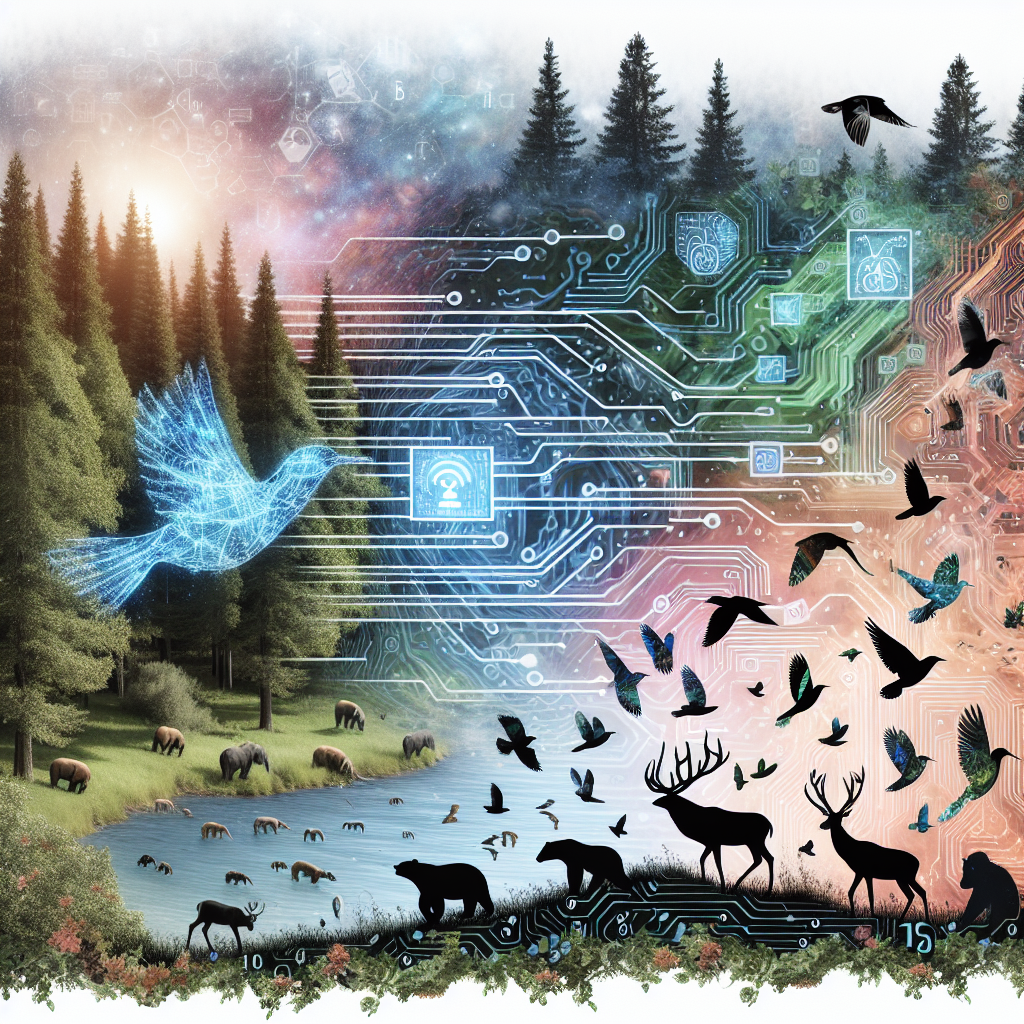Wildlife conservation is a critical global issue that requires innovative solutions to combat the various threats facing endangered species. One such solution that has shown great promise in recent years is the use of artificial intelligence (AI) driven technologies. These technologies offer a range of possibilities for monitoring, protecting, and preserving wildlife populations in an increasingly human-dominated world.
AI-driven solutions in wildlife conservation encompass a wide array of applications, from analyzing satellite imagery to track animal movements, to using drones equipped with AI algorithms to detect poachers in real-time. These technologies have the potential to revolutionize the way we approach conservation efforts, providing us with valuable data and insights that were previously unattainable.
One of the key advantages of AI-driven solutions in wildlife conservation is their ability to process vast amounts of data quickly and accurately. This is particularly useful in monitoring wildlife populations, as AI algorithms can analyze camera trap images, acoustic recordings, and other forms of data to identify individual animals, track their movements, and estimate population sizes. This information is crucial for conservationists to make informed decisions about how best to protect and manage wildlife populations.
Furthermore, AI-driven solutions can also help to combat illegal activities such as poaching and wildlife trafficking. By using AI algorithms to analyze data from sensors, drones, and other sources, conservationists can detect and track illegal activities in real-time, allowing law enforcement agencies to intervene and apprehend perpetrators before they can do further harm to endangered species.
In addition to monitoring and protection, AI-driven solutions can also be used to inform conservation policies and strategies. By analyzing data on habitat loss, climate change, and other threats to wildlife populations, AI algorithms can help conservationists identify areas that are most at risk and prioritize conservation efforts accordingly. This information is crucial for ensuring that limited resources are directed towards the most effective conservation solutions.
Overall, the potential of AI-driven solutions in wildlife conservation is vast and holds great promise for the future of conservation efforts. By harnessing the power of AI technologies, we can better understand, protect, and preserve the world’s biodiversity for future generations.
FAQs:
1. What are some examples of AI-driven solutions in wildlife conservation?
– Some examples of AI-driven solutions in wildlife conservation include using AI algorithms to analyze camera trap images to identify individual animals, using drones equipped with AI technology to detect poachers in real-time, and using satellite imagery to track animal movements.
2. How can AI technologies help combat poaching and wildlife trafficking?
– AI technologies can help combat poaching and wildlife trafficking by analyzing data from sensors, drones, and other sources to detect and track illegal activities in real-time. This allows law enforcement agencies to intervene and apprehend perpetrators before they can do further harm to endangered species.
3. How can AI-driven solutions inform conservation policies and strategies?
– AI-driven solutions can inform conservation policies and strategies by analyzing data on habitat loss, climate change, and other threats to wildlife populations. This information can help conservationists identify areas that are most at risk and prioritize conservation efforts accordingly.
4. What are some challenges associated with using AI technologies in wildlife conservation?
– Some challenges associated with using AI technologies in wildlife conservation include the high cost of implementing these technologies, the need for specialized training to use them effectively, and concerns about data privacy and ethical considerations.
5. What are some future developments in AI-driven solutions for wildlife conservation?
– Some future developments in AI-driven solutions for wildlife conservation include the use of machine learning algorithms to predict and mitigate the impacts of climate change on wildlife populations, the development of autonomous vehicles to monitor and protect wildlife in remote areas, and the integration of AI technologies with other conservation tools to create more holistic and effective conservation strategies.

